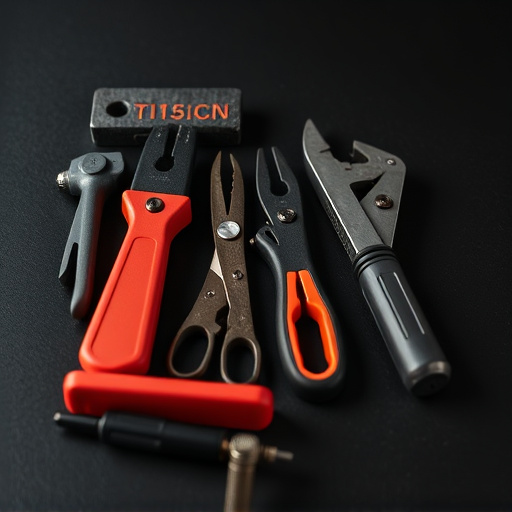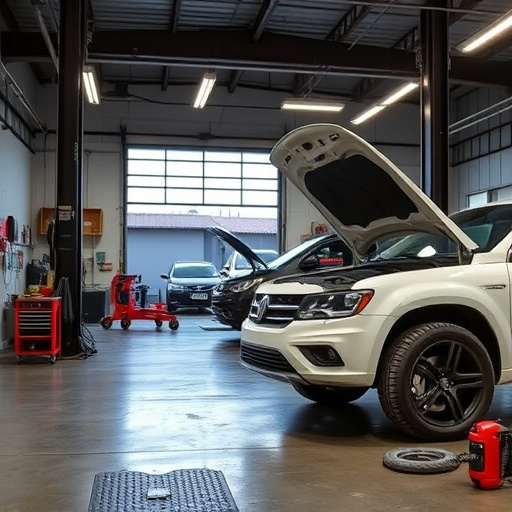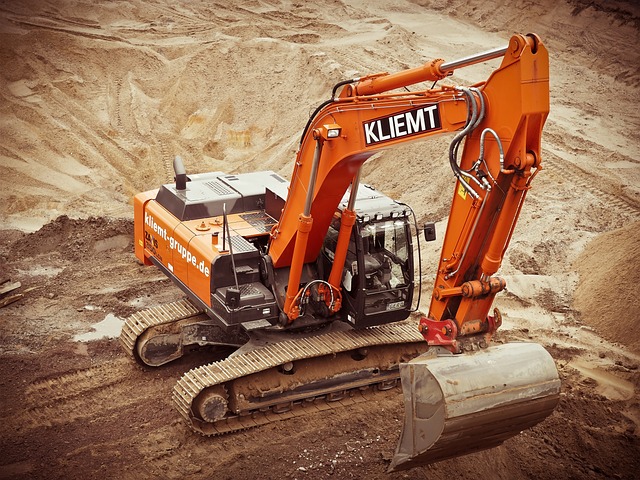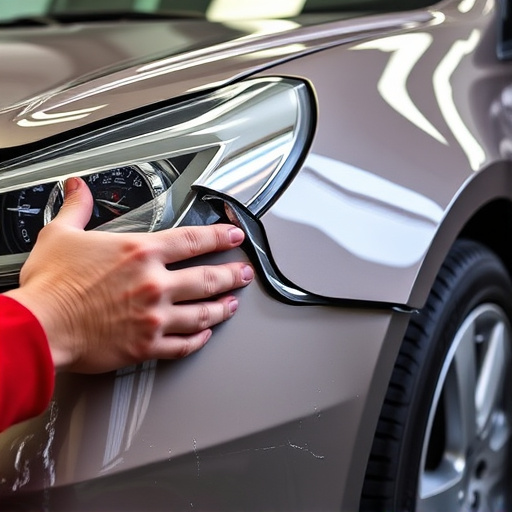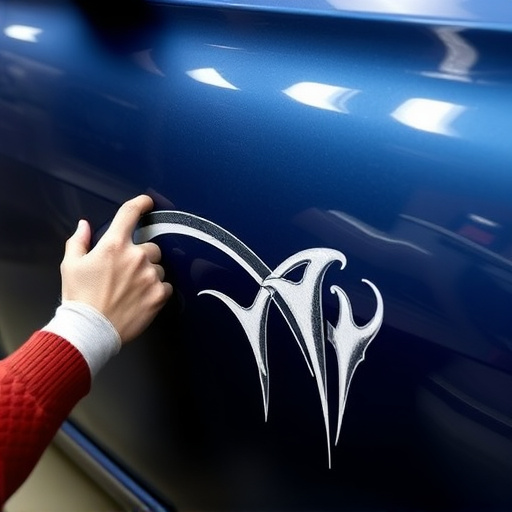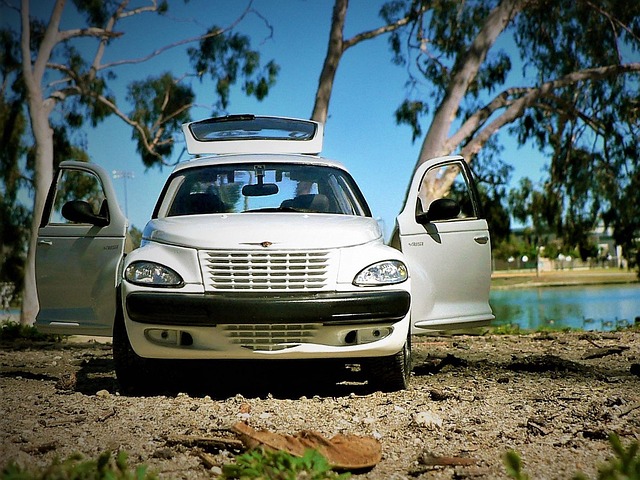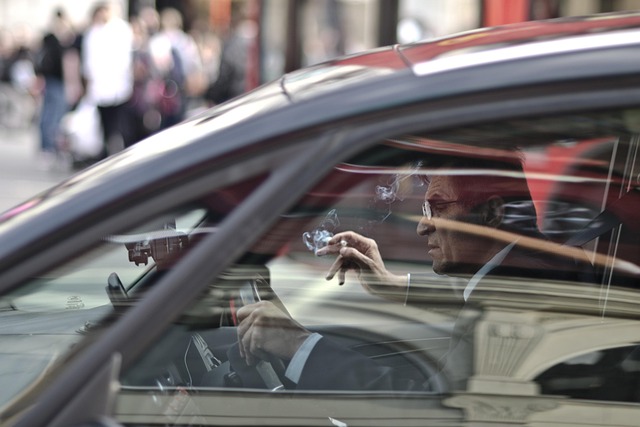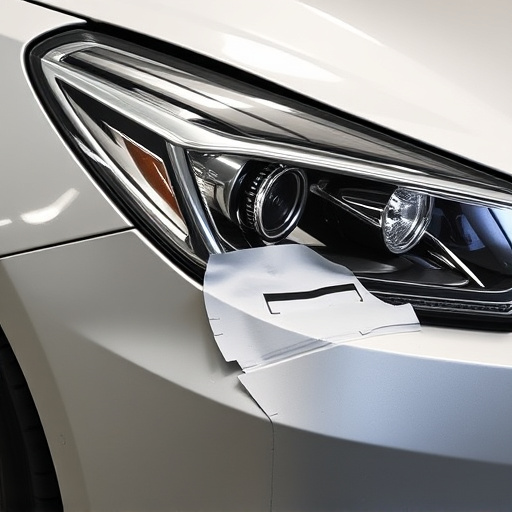Collision repair services involve a complex interplay of factors, primarily labor costs and vehicle bodywork repairs. Labor includes damage assessment, disassembly, reassembly, and additional services, while parts encompass materials needed for repairs. Costs vary based on complexity, vehicle make and model, location, shop reputation, and technician skill level. Understanding this breakdown empowers consumers to make informed decisions when selecting a collision center.
Collision repair services can vary widely in cost, making it crucial for car owners to understand the breakdown of expenses. This comprehensive guide explores the key components driving collision repair prices, with a focus on labor vs. parts. We delve into the factors influencing these costs, from complex repairs and rare parts to location and shop specialization. By deciphering these variables, drivers can make informed decisions when navigating the process of collision repair.
- Understanding the Components of Collision Repair Costs
- Labor vs. Parts: Decoding the Major Expenses
- Factors Influencing the Overall Price of Collision Repair Services
Understanding the Components of Collision Repair Costs
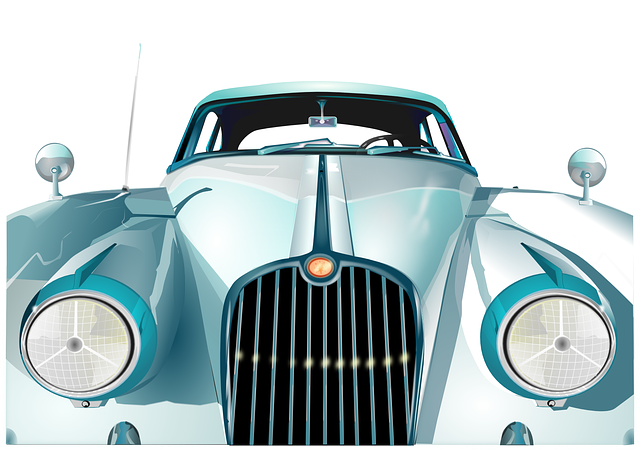
Collision repair services can be complex, with a variety of factors influencing the final cost. When you bring your vehicle to a repair shop after a collision, several distinct components contribute to the overall price tag. One of the primary elements is the vehicle bodywork repair itself. This includes not just fixing dents and dings but also replacing damaged panels, aligning frames, and ensuring structural integrity. Skilled technicians use specialized tools and techniques for each unique situation.
Additionally, labor costs play a significant role in collision repair services. This encompasses the time spent by trained professionals assessing the damage, disassembling affected areas if needed, performing repairs or replacements, and finally, reassembling everything to factory standards. Other charges may arise from additional services like painting, detailing, and ensuring that all safety features are functioning correctly after the auto repair services and car repair services. Understanding these components allows consumers to make informed decisions when navigating collision repair costs.
Labor vs. Parts: Decoding the Major Expenses

When it comes to understanding the cost breakdown of collision repair services, one of the key distinctions lies in the separation of labor costs from parts costs. In any auto repair shop or collision center, these two components represent the primary expenses. Labor, which includes skilled technicians’ wages and benefits, varies widely depending on factors such as location, skill level, and demand for specialized repairs. Parts, on the other hand, encompass materials needed to fix your vehicle, including everything from replacement body panels to interior components and fluids.
Deciphering this labor vs. parts dynamic is crucial when comparing collision repair services. While parts costs can sometimes be transparent, with prices readily available from manufacturers or suppliers, labor expenses are more intricate. Collision centers may offer estimates based on industry standards or average times for specific repairs, but these can vary significantly. Understanding these nuances empowers car owners to make informed decisions when selecting a collision center for their vehicle’s repair needs.
Factors Influencing the Overall Price of Collision Repair Services

The overall price of collision repair services is influenced by several factors that can vary widely depending on the extent of damage and the make and model of the vehicle. One key factor is the complexity of the repair process, which includes the number of parts required and the labor needed to replace or fix them. For instance, a mercedes benz repair might involve specialized auto body services due to the car’s intricate design, driving up the cost compared to more straightforward models.
Another significant influencer is the location of the collision repair shop. Urban areas with higher living costs often reflect these expenses in their service pricing, while rural or suburban shops might offer more competitive rates for the same services. Additionally, the reputation and experience of the repair facility play a role; established shops with specialized technicians may charge premium rates due to their expertise and access to high-quality parts, such as those needed for a mercedes benz repair.
Collision repair services can vary greatly in cost, with labor and parts being the primary expenses. Understanding how these factors influence pricing is crucial for consumers navigating the process. By recognizing the various components that go into collision repair, individuals can make informed decisions when selecting a reputable service, ensuring they receive fair and transparent estimates for their vehicle’s restoration.

